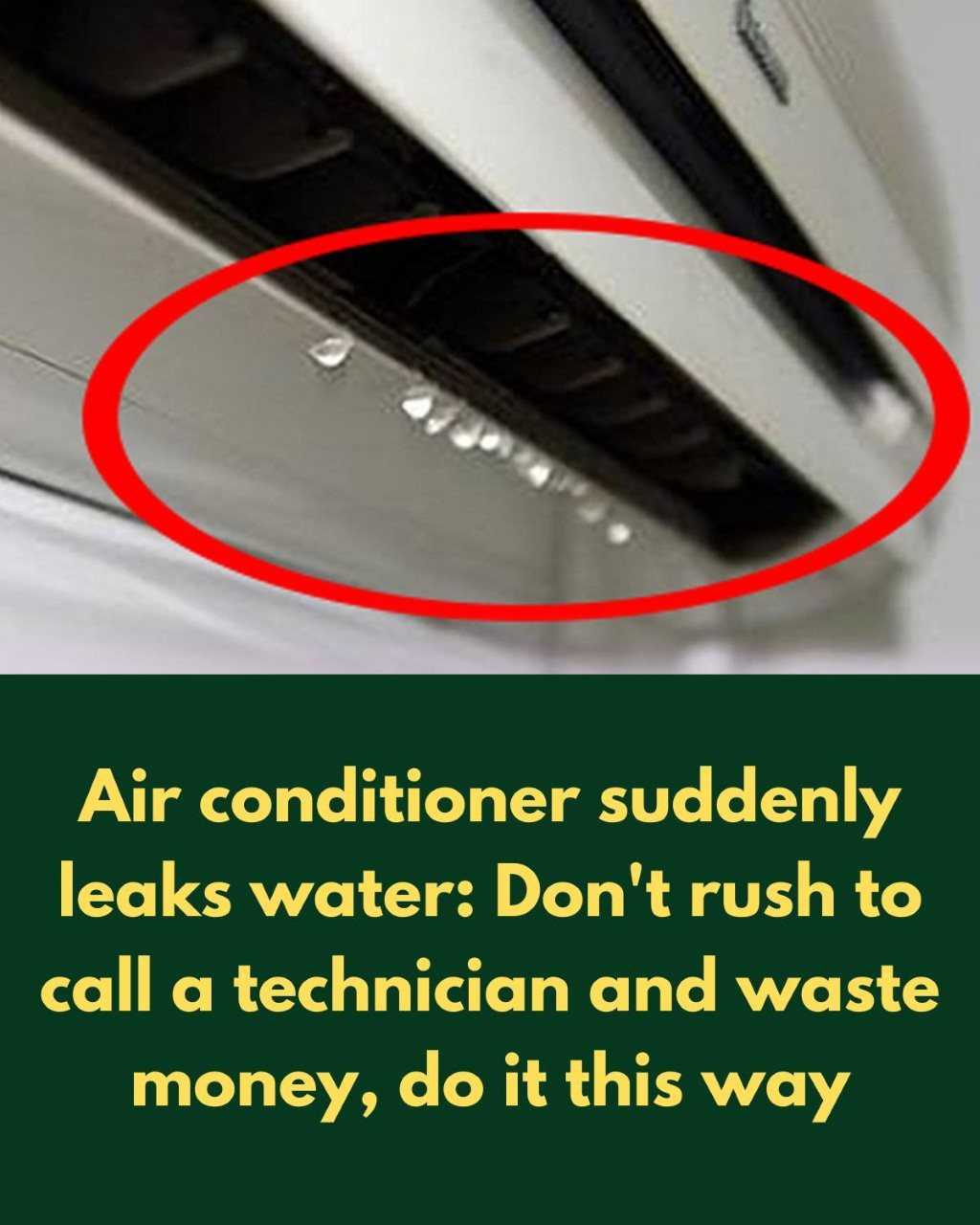ADVERTISEMENT
Step 6: Check the Level of the Unit
If the air conditioner is not properly leveled, the water may not drain properly from the pan and could leak out. To check if your air conditioner is level:
- Use a spirit level to measure if the unit is sitting flat. The unit should have a slight tilt toward the drain side to ensure proper drainage.
- If the unit is not level, adjust its position or use a leveling shim to correct it.
Step 7: Reassemble and Test the Unit
Once you’ve completed the checks and fixes, reassemble the unit and plug it back in. Set the air conditioner to run and observe it for a while to ensure the problem has been resolved.
- Monitor the drainage pan to see if it’s draining water properly.
- Check the area around the air conditioner for any signs of leaks.
Step 8: Regular Maintenance
To avoid future water leakage issues, regular maintenance is essential:
- Change or clean the air filter every 1-3 months.
- Clean the condensate drain line periodically to prevent clogs.
- Inspect the unit for any visible damage, rust, or mold build-up.
- Keep the area around the air conditioner clear to allow for proper airflow.
When to Call a Technician
If you’ve followed these steps and the problem persists, there may be a deeper issue, such as a refrigerant leak or a malfunctioning part. In such cases, it’s time to call a professional technician. Additionally, if you’re not comfortable performing any of these steps or don’t have the necessary tools, it’s better to seek expert help.
Conclusion
While it may seem like a major issue, a leaking air conditioner is often something you can fix yourself without the need for expensive repairs. By following these simple steps—checking the air filter, drain line, condensate pan, and coil—you can often solve the problem quickly and avoid unnecessary service calls. With proper maintenance, you can ensure your air conditioner runs smoothly for years to come.
ADVERTISEMENT
ADVERTISEMENT
